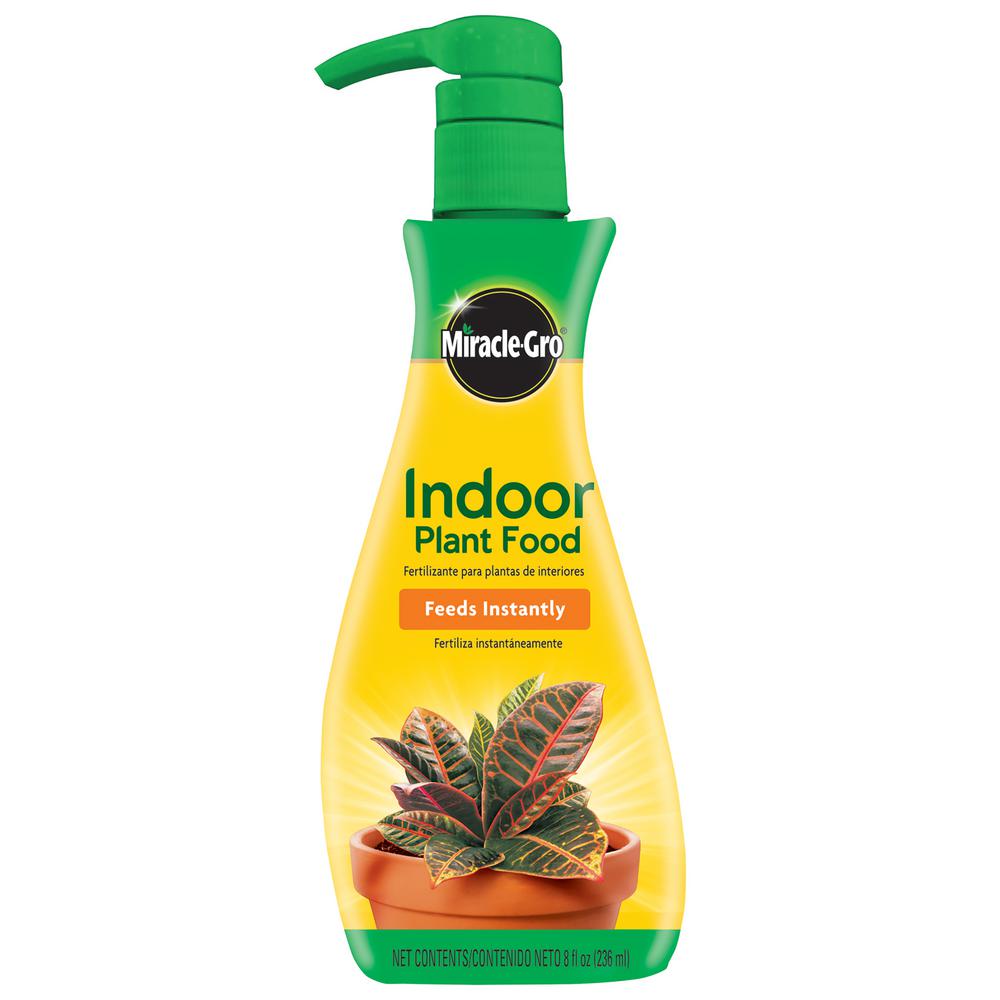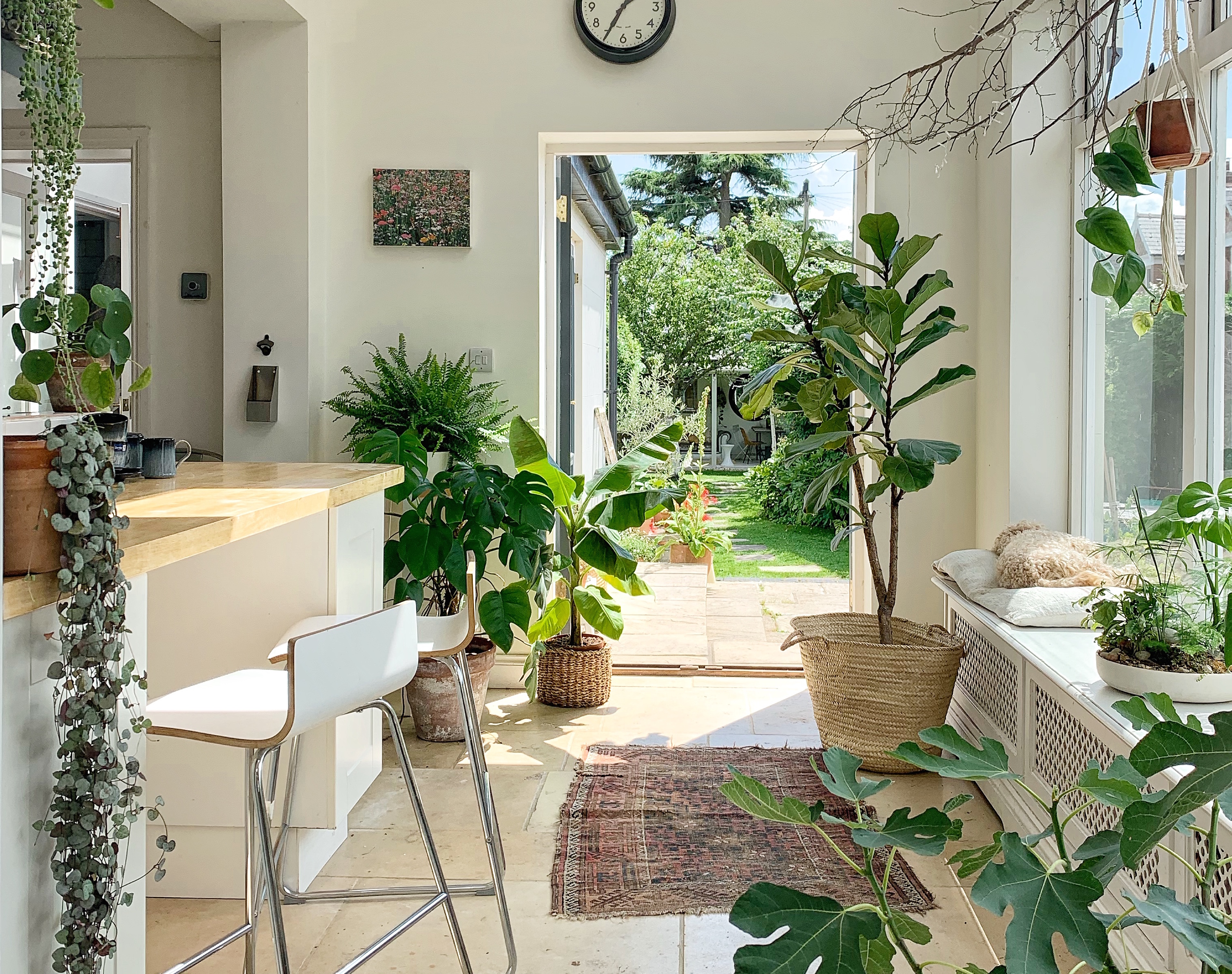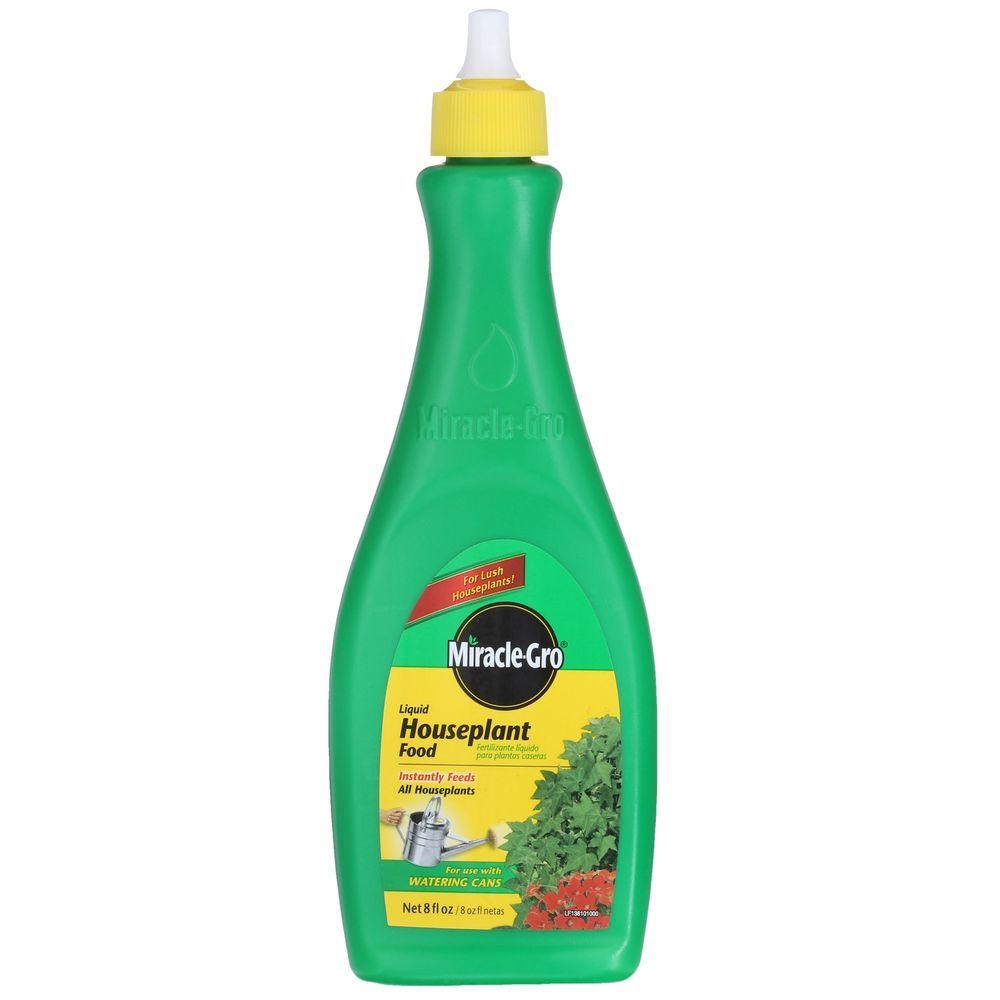Home plant meals performs a pivotal function in nurturing the colourful greenery that adorns our houses. Delving into the realm of plant vitamin, this information unravels the intricacies of selecting the best meals on your houseplants, guaranteeing they thrive and flourish of their indoor haven.
From understanding the forms of plant meals accessible to deciphering the particular wants of your vegetation, this complete information empowers you with the information to domesticate a thriving indoor ecosystem.
Forms of Home Plant Meals
Home plant meals are important for offering vitamins to your vegetation and retaining them wholesome. There are three principal forms of home plant meals: liquid, granular, and slow-release.
Every sort of home plant meals has its personal benefits and downsides. Liquid plant meals is straightforward to use and may be shortly absorbed by vegetation. Granular plant meals is extra concentrated and may be utilized much less steadily. Sluggish-release plant meals releases vitamins over a time frame, which may be useful for vegetation that want a relentless provide of vitamins.
Liquid Plant Meals
- Benefits: Straightforward to use, may be shortly absorbed by vegetation.
- Disadvantages: Could be costlier than different forms of plant meals, can leach out of the soil shortly.
Granular Plant Meals, Home plant meals
- Benefits: Extra concentrated than liquid plant meals, may be utilized much less steadily.
- Disadvantages: Could be harder to use evenly, can burn vegetation if utilized too closely.
Sluggish-Launch Plant Meals
- Benefits: Releases vitamins over a time frame, may be useful for vegetation that want a relentless provide of vitamins.
- Disadvantages: Could be costlier than different forms of plant meals, may be troublesome to manage the discharge of vitamins.
Selecting the Proper Home Plant Meals
Choosing the optimum home plant meals requires cautious consideration of assorted components to make sure your vegetation thrive. These embody the plant species, its development stage, and the soil circumstances.
To simplify the decision-making course of, a flowchart can information you in selecting essentially the most appropriate meals on your particular plant’s wants.
Plant Species
Completely different plant species have distinctive dietary necessities. For example, succulents desire low-nitrogen fertilizers, whereas foliage vegetation require extra nitrogen. Analysis the particular wants of your plant to find out the suitable nutrient steadiness.
Development Stage
The expansion stage of your plant additionally influences its dietary wants. Seedlings and younger vegetation want extra nitrogen to help speedy development, whereas mature vegetation require a balanced fertilizer that promotes general well being.
Soil Circumstances
The soil wherein your plant is rising impacts the supply of vitamins. Poor soil could require a fertilizer with the next focus of vitamins, whereas wealthy soil might have a extra diluted resolution.
Software and Dosage
Making use of home plant meals accurately ensures your vegetation obtain the required vitamins with out overfeeding or inflicting hurt. Observe these tips for optimum outcomes:
Frequency and Dosage
The frequency and dosage of home plant meals software depend upon the kind of plant and the time of yr. Typically, vegetation actively rising in the course of the spring and summer time require extra frequent feeding than these within the fall and winter.
The beneficial frequency and dosage can differ based mostly on the particular plant meals used, so at all times learn the label rigorously.
As a normal rule, liquid home plant meals may be utilized each 2-4 weeks in the course of the rising season, whereas granular or slow-release fertilizers may be utilized each 6-8 weeks. For particular dosage directions, consult with the product label.
Software Strategies
The appliance methodology for home plant meals varies relying on the kind of plant and the fertilizer formulation. Listed below are the widespread strategies:
Liquid Fertilizers
- Direct Software:Dilute the liquid fertilizer in keeping with the label directions and apply it on to the soil across the base of the plant.
- Foliar Feeding:Combine the fertilizer with water and spray it onto the leaves of the plant. This methodology is especially efficient for vegetation with giant leaves.
Granular Fertilizers
- Prime Dressing:Sprinkle the granular fertilizer evenly over the soil floor across the base of the plant.
- Facet Dressing:Dig a shallow trench across the plant and place the fertilizer within the trench. Cowl it with soil.
Sluggish-Launch Fertilizers
- Incorporation into Soil:Combine the slow-release fertilizer into the soil when planting or repotting.
- Prime Dressing:Sprinkle the fertilizer evenly over the soil floor across the base of the plant.
Bear in mind to water the plant completely after making use of any sort of home plant meals to assist distribute the vitamins all through the soil.
Advantages of Utilizing Home Plant Meals
Home plant meals supplies important vitamins that vegetation must thrive indoors. These vitamins usually are not at all times current within the soil or water, so fertilization is important to make sure that vegetation obtain the vitamins they want for optimum development and well being.Advantages
of utilizing home plant meals embody:
- Improved development: Fertilization supplies vegetation with the vitamins they should develop wholesome and powerful. This can lead to bigger leaves, stems, and flowers.
- More healthy foliage: Fertilization helps vegetation to supply wholesome, inexperienced leaves. That is necessary for photosynthesis, which is the method by which vegetation convert daylight into power.
- Elevated flowering: Fertilization may also help vegetation to supply extra flowers. That is particularly useful for flowering vegetation, akin to orchids, African violets, and roses.
Some particular examples of vegetation that reply properly to fertilization embody:
- African violets: African violets are heavy feeders and require common fertilization to supply wholesome blooms.
- Orchids: Orchids are additionally heavy feeders and require common fertilization to supply wholesome blooms.
- Roses: Roses are heavy feeders and require common fertilization to supply wholesome blooms and powerful canes.
- Tomatoes: Tomatoes are heavy feeders and require common fertilization to supply wholesome fruit.
- Peppers: Peppers are heavy feeders and require common fertilization to supply wholesome fruit.
General, home plant meals is a vital a part of indoor plant care. It supplies vegetation with the vitamins they should develop wholesome and powerful, and it could assist them to supply extra flowers and fruit.
Potential Dangers and Precautions

Over-fertilizing houseplants can result in plenty of issues, together with nutrient burn and root harm. Nutrient burn happens when the plant absorbs an excessive amount of fertilizer, inflicting the leaves to show brown and crispy. Root harm can happen when the fertilizer salts construct up within the soil, inflicting the roots to develop into broken and unable to soak up water and vitamins.
Learn how to Keep away from Over-Fertilizing
- Observe the instructions on the fertilizer label rigorously.
- Don’t fertilize extra typically than as soon as a month.
- Water the plant completely earlier than and after fertilizing.
- Use a balanced fertilizer that accommodates all the important vitamins.
- Keep away from utilizing fertilizers that include excessive ranges of nitrogen.
Pure and Natural Options

Business home plant meals present important vitamins, however pure and natural alternate options supply eco-friendly and sustainable choices for nourishing your vegetation. These alternate options make the most of supplies present in nature or produced by natural processes, decreasing chemical inputs and selling soil well being.
Whereas industrial fertilizers supply comfort and exact nutrient supply, pure alternate options could require extra frequent purposes and will not present the identical stage of speedy outcomes. Nevertheless, they contribute to long-term soil fertility and promote a balanced ecosystem inside the plant’s setting.
Compost
- Compost is a wealthy, natural materials created by the decomposition of plant and animal matter.
- It supplies a slow-release supply of vitamins, bettering soil construction and water retention.
- Compost can be utilized as a prime dressing or combined into the potting soil.
Worm Castings
- Worm castings are the excrement of earthworms, containing a excessive focus of useful microorganisms and vitamins.
- They improve soil aeration and drainage, whereas offering a pure supply of phosphorus, potassium, and nitrogen.
- Worm castings may be added to potting soil or used as a liquid fertilizer.
Banana Peels
- Banana peels are wealthy in potassium, a vital nutrient for plant development.
- They are often chopped and added to the soil or steeped in water to create a liquid fertilizer.
- Banana peels additionally include different vitamins, akin to phosphorus and magnesium.
Troubleshooting Frequent Points: Home Plant Meals

Utilizing home plant meals can generally result in issues like nutrient deficiencies or over-fertilization. Listed below are some widespread points and their options:
Nutrient Deficiencies
Nutrient deficiencies happen when vegetation do not get sufficient of important vitamins like nitrogen, phosphorus, or potassium. Signs differ relying on the nutrient missing however could embody yellowing leaves, stunted development, or poor flowering.
Answer:Determine the poor nutrient based mostly on signs and apply a fertilizer that accommodates it. Observe the directions on the fertilizer label for dosage and software frequency.
Over-Fertilization
Over-fertilization happens when vegetation obtain an excessive amount of fertilizer, resulting in nutrient burn. Signs embody brown or scorched leaf suggestions, wilting, and stunted development.
Answer:Flush the soil completely with water to take away extra fertilizer. Scale back fertilizer dosage and frequency, or change to a weaker fertilizer. In extreme instances, repot the plant in recent soil.
Clarifying Questions
What’s the greatest sort of home plant meals?
One of the best sort of home plant meals relies on the particular wants of your vegetation. Liquid fertilizers are simple to use and supply fast outcomes, whereas granular fertilizers launch vitamins slowly over time. Sluggish-release fertilizers are perfect for busy gardeners or those that need to keep away from over-fertilizing.
How typically ought to I fertilize my houseplants?
Most houseplants must be fertilized as soon as a month in the course of the rising season (spring and summer time). Nevertheless, some vegetation, akin to orchids, have particular fertilizing wants. At all times comply with the directions on the fertilizer label.
What are the indicators of over-fertilizing?
Over-fertilizing could cause nutrient burn, which might harm the roots and leaves of your vegetation. Indicators of over-fertilizing embody brown or yellow recommendations on the leaves, stunted development, and wilting.
